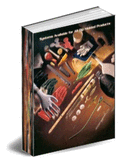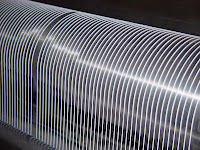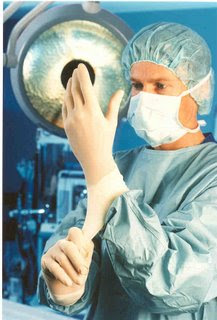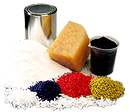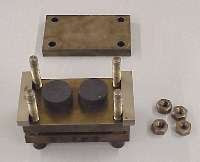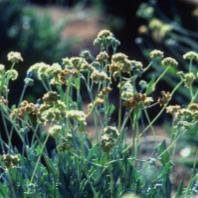What should be your cure temperature and time for examination gloves?

-->
What will be the vulcanization energy per piece of 7.5g x 300mm long exam NR glove & Nitrile glove? And what should be the vulcanization and latex dwell time? Most the glove manufacturers requests for at least 15 minutes in the vulcanization oven.
--> John Woon (Senior Latex Consultant): 1) We don't go to the academic level to determine the energy required to vulcanise a piece of glove. It depends on whether you are using a pre-vulcanised latex or post-vulcanisable latex compound. With the former you don't require any heat for vulcanisation - any temperature used is solely for the purpose of drying the gloves. This is usually 90C to 110C.
As for post-vulcanisable latex compounds, the normal cure temperature ranges from 110C to 130C for an average cure time of 15 to 20 minutes. Actual cure temperature/time must be determined by lab trial based on a given latex curative recipe. Different recipes or formulations would require different cure parameters. Please take note the vulcanisation chemical reaction would commence immediately once the curatives are added into the latex even at ambient temperature.
Air permeability of synthetic rubbers is different from that of natural rubber and this would also affect the choice of oven temperature and the drying time.
2) Latex dwell time must be determined in the lab as it depends on the latex TSC, coagulant strength, former temperature and the thickness of the gloves. However, generally for today's technology for examination gloves, a latex dwell time could be quite short.
You have to work closely with a latex technologist. Engineering know-how alone would not do.
If you require, a detailed report on the Dipping Technology can be made available for you and your team.



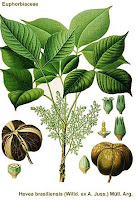

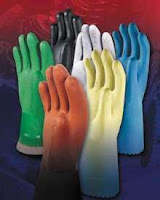




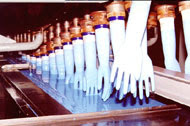






















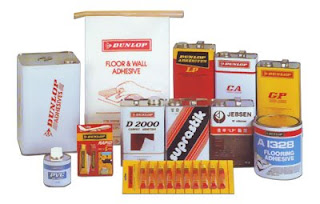
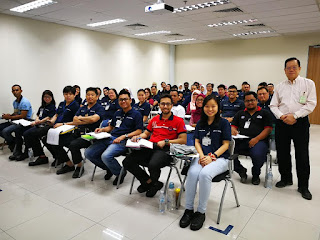

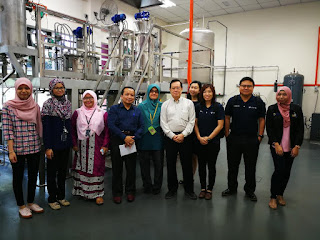






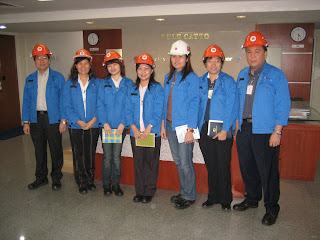
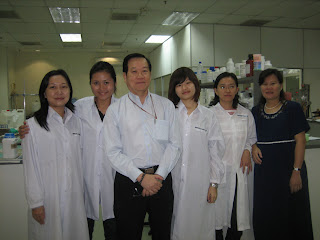
.jpg)
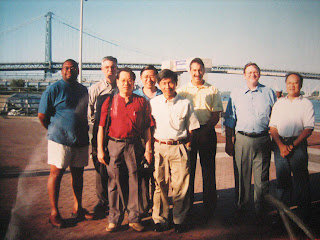.jpg)


.jpg)
.jpg)
.jpg)
.jpg)
.jpg)
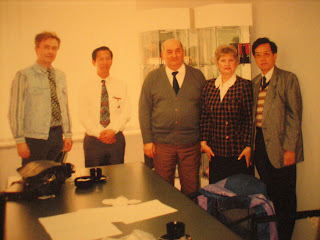.jpg)
.jpg)
.jpg)
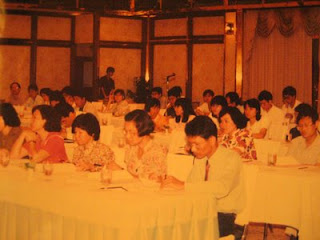.jpg)
.jpg)
.jpg)
.jpg)
.jpg)
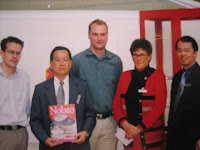.jpg)
.jpg)
.jpg)
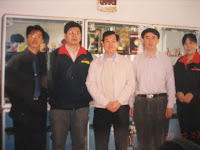.jpg)
.jpg)




